
 | SOCO Blog |
02 August 2015
SUMMER ASTERISMS
The cloudy weather has really been hanging around this summer and it has severely limited my astronomical imaging. A week ago I finally had a clear night, but the waxing moon was out so it restricted me to imaging fairly bright stellar objects. I decided to image some favorite asterisms that are up this time of the year. One was highlighted in my last blog entry— the "Stick Man" in Scorpius. This time, however, I imaged the target and processed the resulting images to bring out the brighter stars and not the deep-sky objects present in that region of the sky. In the same imaging session, I captured two other asterisms. These asterisms are fairly large and lend themselves to being viewed in binoculars or a small telescope. They are described in the following sections, and a high-resolution image acquired with the SOCO 120-mm refractor is provided for each.
As described in the last blog entry, the "Stick Man" (Figure 1) can easily be seen using binoculars or a small telescope. Under dark sky conditions, I can see most of the stars making up the "Stick Man" (except the dimmer stars of his left arm) with my 10 × 50 binoculars. He's easily visible using my 80-mm autoguiding scope. When the sky is brighter (like with a moon or around city lights), only the 5 brightest stars are usually visible through binoculars. Its size (about a third of a degree tall) and the brightness of most of its stars make this asterism an easy target for summer viewing.
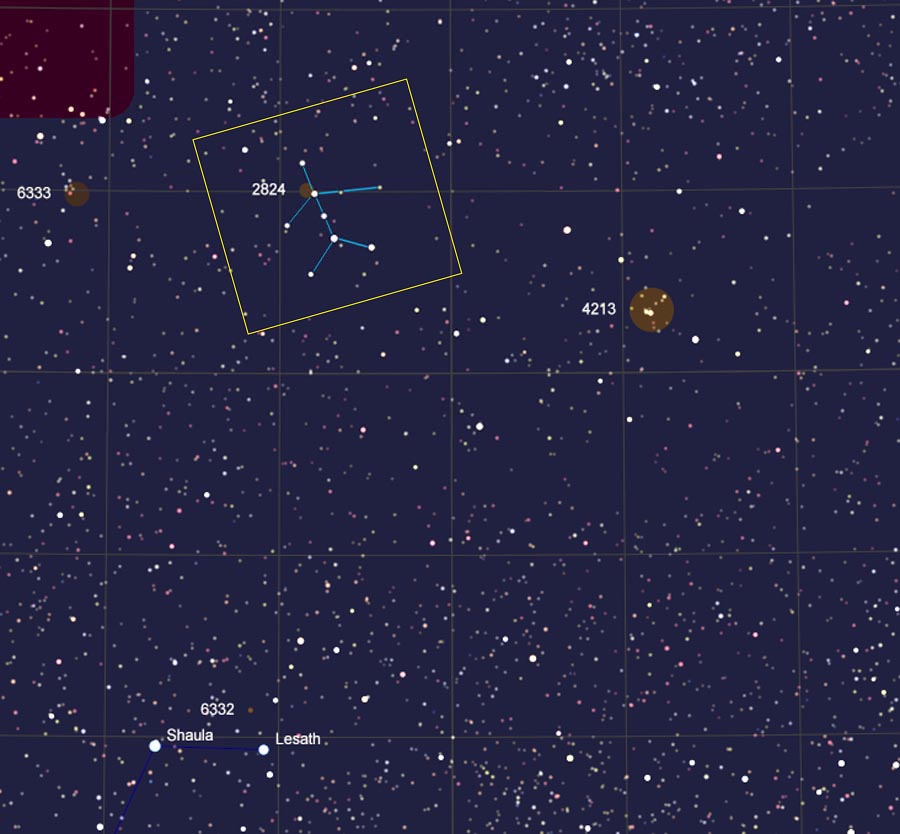
Figure 1. Location of the "Stick Man" above the stinger (Shaula and Lesath) of Scorpius.
Source: Adapted from Cartes du Ciel.
Figure 2 shows a high-resolution image of the "Stick Man" acquired using the SOCO 120-mm refractor. This color composite image was created from twenty 90-second images acquired in each of the red, green and blue spectral bands. The yellow box in Figure 1 shows the area covered by this image. The loose cluster of small stars at the end of the right arm of the "Stick Man" is ESO 392-13. This is thought not to be a true open cluster but rather another asterism of physically unrelated stars. However, to me it gives the impression that the "Stick Man" is carrying something in his right hand, perhaps a briefcase. Or maybe one of those handbags that men can carry their stuff around in. That would make the "Stick Man" a sort of celestial Jerry Seinfeld ("It's not a purse! IT'S EUROPEAN!").
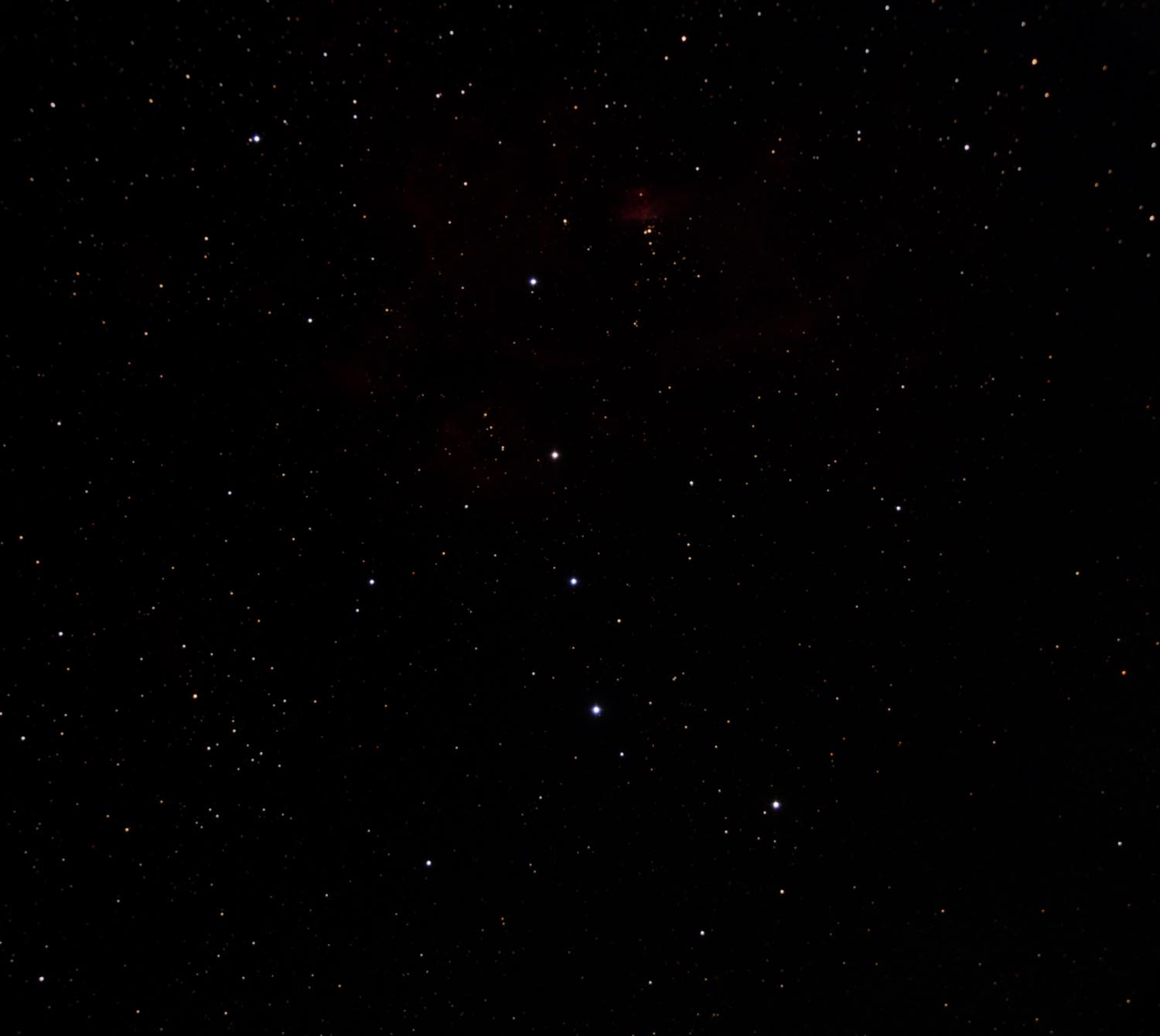
Figure 2. Color composite image of the "Stick Man" acquired with the SOCO 120-mm refractor.
While I came across the "Stick Man" many years ago during regular observations of the night sky with my binoculars, some other asterisms were first noticed while studying astronomical reference materials. Such is the case with the "Draco Dagger". In June of 2013, while studying Plate 12 in The Cambridge Photographic Star Atlas (A. Mellinger and R. Stoyan, Cambridge University Press, 2011), I noticed a small group of stars approximately 4 degrees from Gamma Draconis that (to me) had a pattern that looked like one of those medieval daggers that knights used to carry around (Figure 3). The kind of dagger I'm talking about is shown in Figure 4.

Figure 3. Photograph of a small portion of Plate 12 in The Cambridge Photographic Star Atlas used to "discover" the "Draco Dagger" (circled in red).
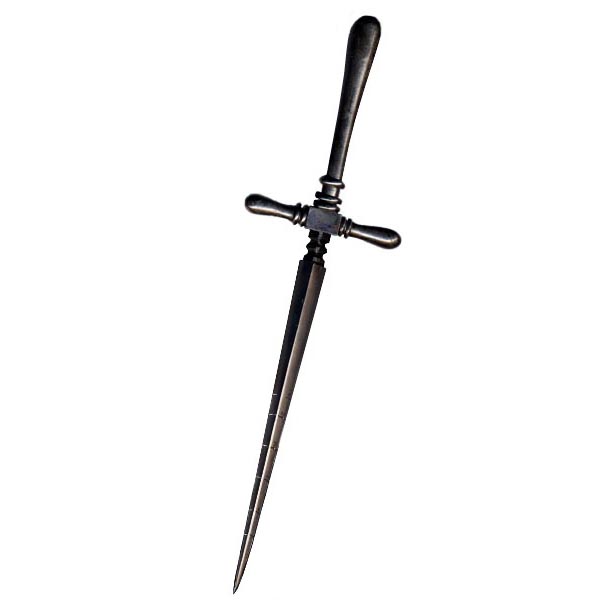
Figure 4. Medieval dagger.
Source: WikiPedia.
As soon as I had a chance, I looked for the asterism with my 10 × 50 binoculars. Owing to its size (around 38 arc-min long) and the brightness of some of its stars, it was easily visible. A locator map is shown in Figure 5. Finding the "Draco Dagger" is easy— draw an imaginary line through Rastaban and Elamin in the the Dragon's head and extend it about an equal distance as between these two stars and you'll hit the "Dagger".

Figure 5. Locator map for the "Draco Dagger".
Source: Adapted from Cartes du Ciel.
Figure 6 shows a high-resolution image of the "Draco Dagger" acquired using the SOCO 120-mm refractor. This color composite image was created from twenty 90-second images acquired in each of the red, green and blue spectral bands. The yellow box in Figure 5 shows the area covered by this image. The most notable star in the asterism is HD169305, a magnitude 5.02 red giant that forms the "glint" on the point of the dagger. The opposite end of the dagger is marked by HD169221, a magnitude 6.39 yellow-white giant. HD169305 and HD169221 are located at distances of 652 and 562 LY, respectively. The remaining stars in the asterism are no brighter than 8th magnitude, but are visible in a small telescope or big binoculars.
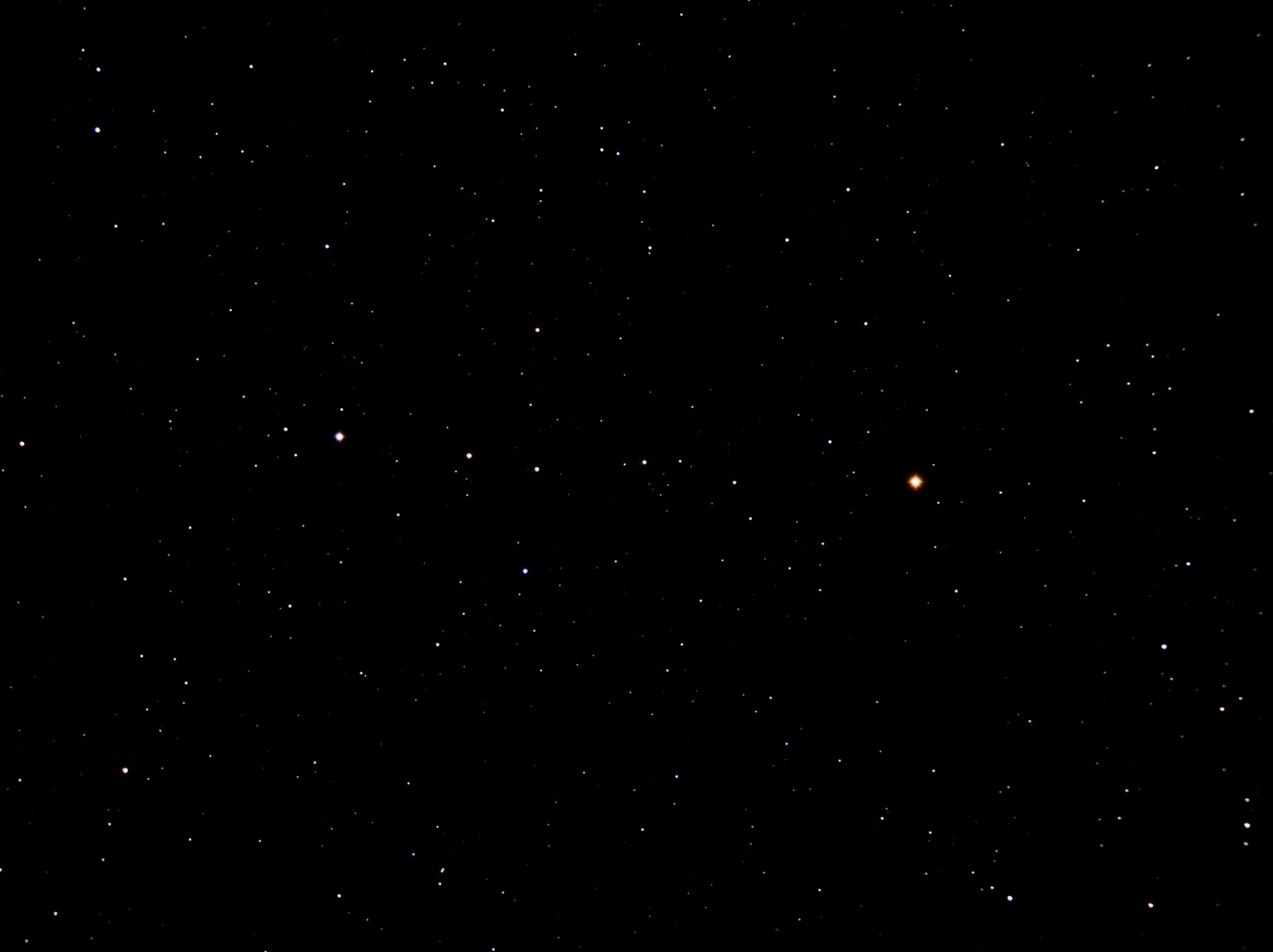
Figure 6. Color composite image of the "Draco Dagger" acquired with the SOCO 120-mm refractor.
The third asterism is a bit more of a challenge to view, due to its smaller size. Like the "Draco Dagger", it was first noticed on a plate in The Cambridge Photographic Star Atlas (Figure 7) lying at around 2 degrees above Mu and Epsilon Aquarii.
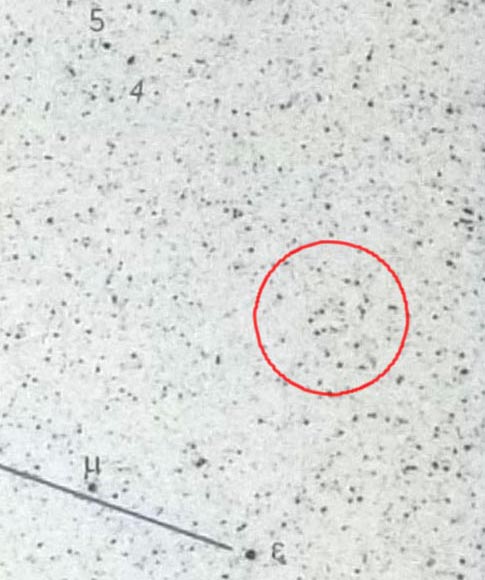
Figure 7. Photograph of a small portion of Plate 49 in The Cambridge Photographic Star Atlas used to "discover" the asterism "Miku's Shimapan" (circled in red).
So, what does this asterism represent? To answer that, let's first remember that an asterism of stars "looks like" something because our brain performs an unconscious "connect-the-dots" exercise that somehow triggers a perceived equality between the resulting figure and an object within our realm of knowledge. This process does not require concerted thought and evaluation— it happens in a flash, seemingly without any thought. The same principle is in effect when we are cloud-watching— a cloud may look like a dog to me and a dragon to you. And constellations too— someone in the past thought that the outline of the stars in the constellation Orion looked like a man wearing a very prominent belt. Note that all these perceptions invariably involve real objects— there are no constellations associated with abstract thoughts, like happiness or sorrow— because we don't know what these things look like.
When you look at the group of stars circled in Figure 7, you might think that it looks kind of like the bottom part of a bikini swimsuit, or maybe a pair of Jockey shorts (the "Tighty Whitey" has been suggested to me as a name for this asterism). However, for fans of Japanese anime (like me), it should be obvious that the asterism represents shimapan— those striped underwear worn by female anime characters. An example is presented in Figure 8. Shimapan are a very common feature of modern female anime characters— I was watching the latest episode of the anime series Kill la Kill last night on Toonami, and the lead character Ryuko Matoi was wearing shimapan just like those in Figure 8.

Figure 8. The Japanese virtual performer Hatsune Miku with an example of shimapan.
Credit: https://www.facebook.com/Anime.Manga.Otaku.Lover.
Posted by cikayatra on http://funnymama.com (Sep 22, 2013).
Because I am a big fan of the Japanese virtual performer Hatsune Miku (I've downloaded literally hundreds of her songs, and I have a copy of her voice-synthesizing software), I decided to name this asterism in her honor. A locator map for "Miku's Shimapan" is presented in Figure 9. It can be found around 2 degrees above Mu and Epsilon (Albali) Aquarii. The brightest star in the group, HD197659, shines with a magnitude of 8.81, while many of the others have visual magnitudes in the range from 9 to 10. This, along with the relatively small size of the asterism (about 19 arc-min across), make it a more challenging target than the "Stick Man" or "Draco Dagger". Still, on very dark moonless nights, I have been able to spot it with my 10 × 50 binoculars.
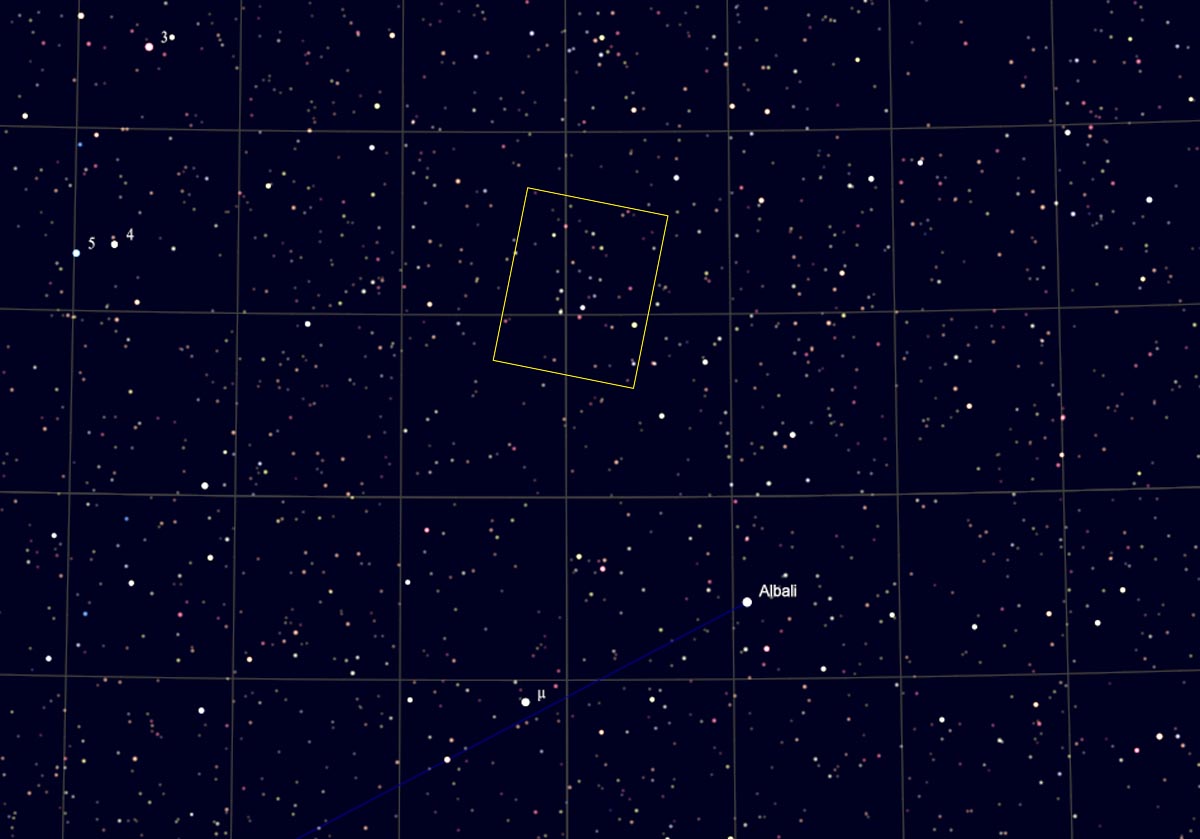
Figure 9. Locator map for "Miku's Shimapan".
Source: Adapted from Cartes du Ciel.
Figure 10 shows a high-resolution image of "Miku's Shimapan" acquired using the SOCO 120-mm refractor. This color composite image was created from twenty 90-second images acquired in each of the red, green and blue spectral bands. The yellow box in Figure 9 shows the area covered by this image. To better see the asterism in this image, it helps if you squint a bit to remove the many small surrounding stars. The beautiful red star on the left edge of the asterism is the previously mentioned HD197659. Analysis of proper motion data from SIMBAD suggests no physical relationship among the entire group of stars forming the asterism. However, the three brightest stars (HD197659, HD197689, and HD197721), along with a nearby neighbor (HD197577), all share a common small proper motion. These stars have similar magnitudes (8.81, 8.95, 8.87 and 8.06, respectively), which might indicate that they are at similar distances. Distance data that I found for two of the stars (HD197659 and HD197577) do show similar distances (724.8 and 741.3 LY, respectively). Thus, the possibility exists that these four stars might be part of an open cluster remnant or moving group.
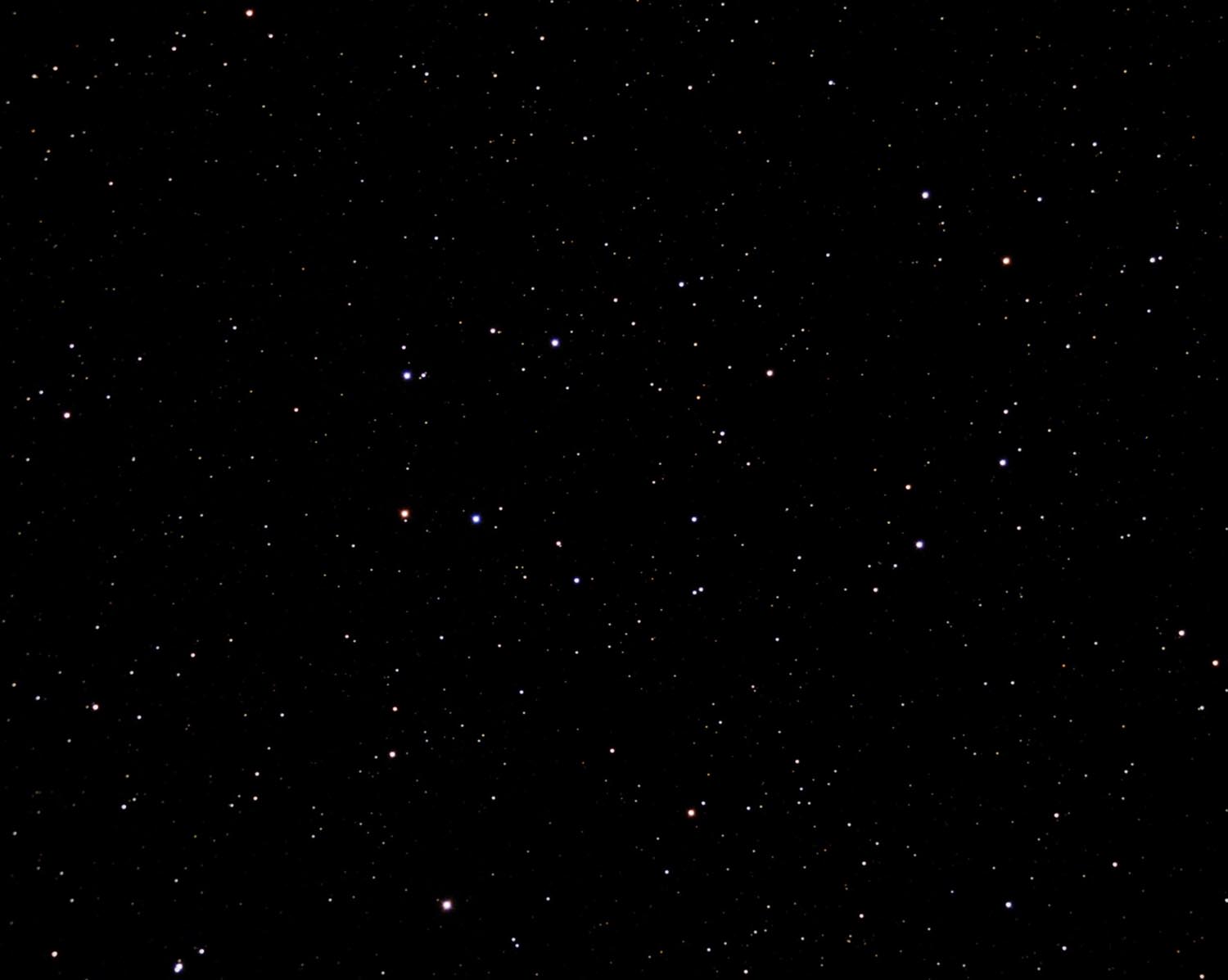
Figure 10. Color composite image of "Miku's Shimapan" acquired with the SOCO 120-mm refractor.
I don't spend much time looking for asterisms, but finding some iteresting-looking ones is fun. And in our modern age where it seems that every grouping of three or more stars has already been claimed by some observer as a "possible open cluster", it's nice to "discover" something that has not previously been described by someone else. It's not "great science" and it won't add to our understanding of astrophysics, but it's fun anyway.
 Return to SOCO Blog Page
Return to SOCO Blog Page
 Return to SOCO Main Page
Return to SOCO Main Page
Questions or comments? Email SOCO@cat-star.org